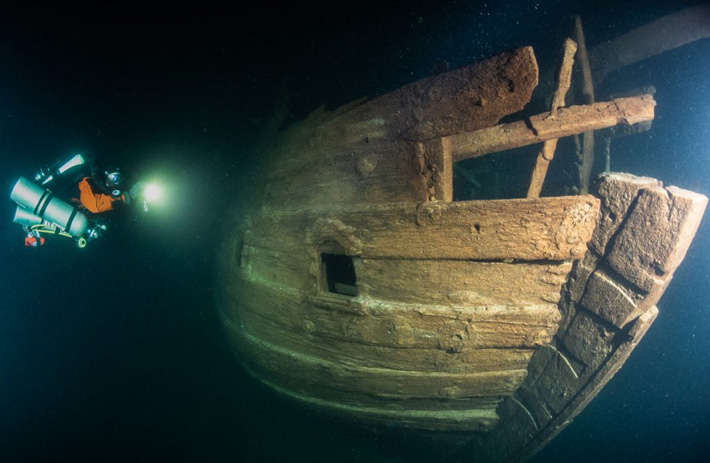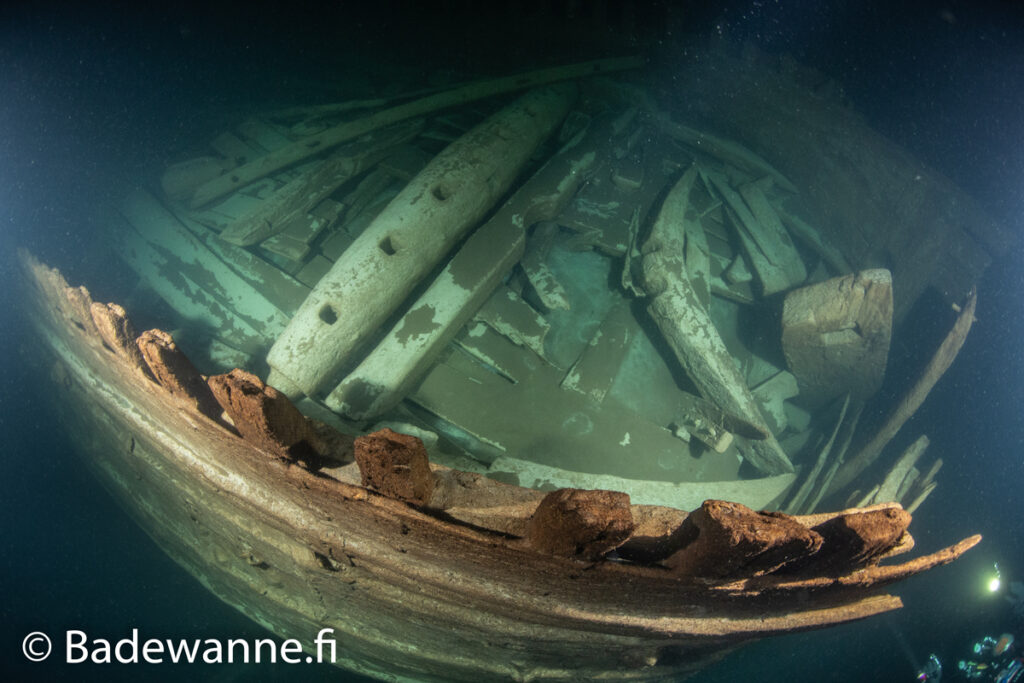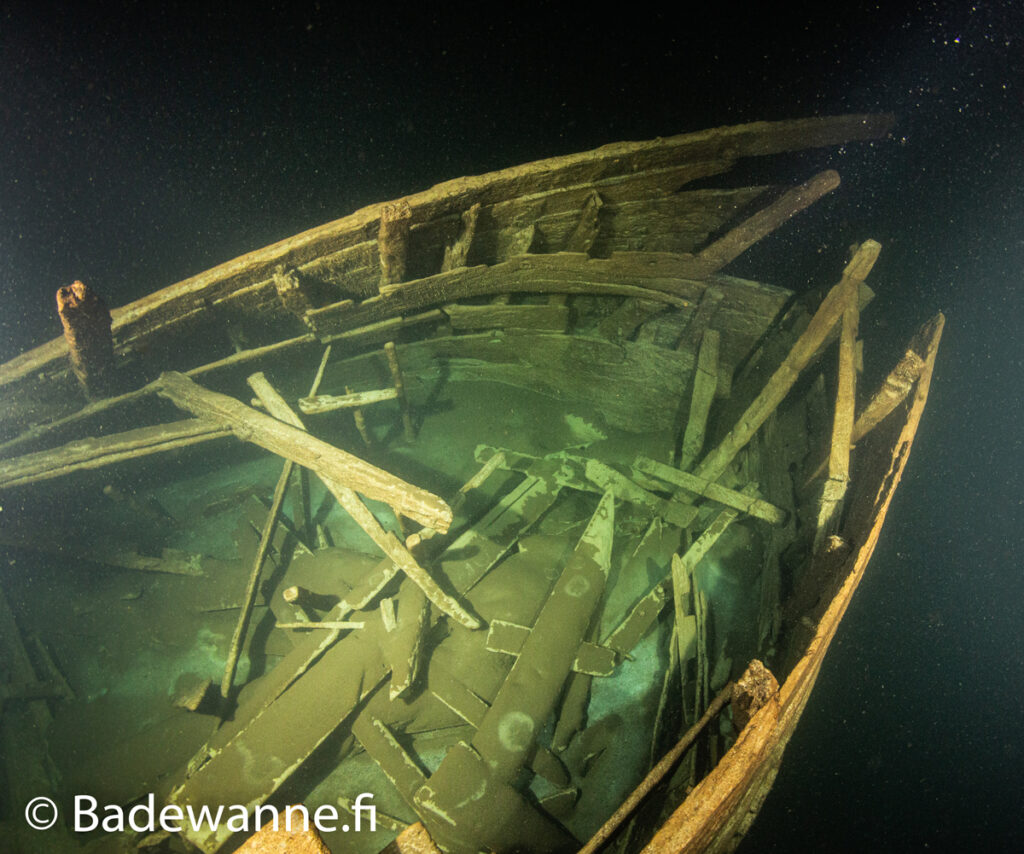A well-preserved 400-year old ship has been found in the Baltic Sea
Although the company reported wrecks of some so-called 1st or 2nd World War wrecks at the mouth of the Gulf of Finland, Badewanne divers descended on one of the biggest surprises during their long career of diving the wrecks of this eastern extension of the Baltic Sea.
The Baltic Sea has been an exceedingly important trading itinerary since the Middle Ages, as the navies of Holland and England needed endless supplies of wood, tar, and hemp, all of which were available around the Baltic.
The Hanseatic League dominated the trade from the 13th century but the highly powerful merchant fleet of the Dutch Republic acquired dominance of the trade during the 17th century.

This trade received a significant boost in importance and profitability after Czar Peter the Great founded his new capital St. Petersburg at the estuary of Neva river, in the easternmost part of GoF.
One ship type rises above others and becomes the mainstay of this trade: the Dutch “Fluit” ship, a three-masted ship with very capacious hull design, carrying no guns, and allowing a very large cargo capacity.
In addition, the Fluit ships utilized a very novel and advanced rigging using cleverly designed pulley and tackle systems for hoisting the yards and sails and controlling them.
These advanced technical features facilitated a much smaller crew than earlier ship types, making the trade more profitable. Another totally novel feature onboard the Fluit ships were that the entire crew lived “abaft of the mainmast” – Master, mates, bosun, cook, and all ratings, all occupied the same space ‘tween decks and ate at the same table.
This was very unusual in contemporary society, let alone in the highly hierarchic maritime world. Fluit ships were dominant in the Baltic trade between the late 16th to the mid-18th centuries. However, very few of these once common ships have survived, even as wrecks.
Therefore, it was to our great surprise when descending on a wreck at 85 meters depth, expecting to see an early WW1 minesweeper or a schooner sunk during WW2, we realized that we are looking at an almost completely preserved Dutch Fluit ship! She rests on even keel on the seabed, with most of her rigging scattered around her.
There is only slight damage from a pelagic trawl. The trawl seems to have swept her from a bow towards the aft, dislocating the stem, damaging the poop deck, and the topmost part of the typical Fluit transom somewhat.
Apart from these damages, the wreck is intact, holds are full, and all side planking is firmly in place. Even the damaged parts and components of the transom decorations, such as the “Hoekmen”, or the “Strongmen” may be found on the bottom behind the stern. Luckily, only very small bits of the trawl netting remain on the wreck.

It is only in rare places around the world, including the Baltic Sea, where wooden wrecks can survive for centuries without being destroyed by chemical, biochemical and biological decaying processes.
Due to low salinity, absolute darkness, and very low temperatures all year round these processes are very slow in the Baltic. Perhaps most importantly, wood-boring organisms such as shipworm cannot live in such an environment. Even in temperate seas, all wooden wrecks vanish in decades, unless buried in sediments.
This find, a practically intact and complete Dutch Fluit ship, the Queen of the Baltic trade from almost 400 years back, is a good example of the importance of the Baltic Sea, and especially the Gulf of Finland as a special cellar of the sea.
Only here the environment preserves the wrecks, which are plentiful due to the sea being a very important trade route and battleground for many wars during centuries.
And all of these wrecks are within the range of modern technical diving methods! Badewanne team will continue documenting and investigating this significant wreck in co-operation with the Finnish Heritage Agency of Antiquities and other partners, Including Associate Professor Dr. Niklas Eriksson, Maritime Archaeologist, Univ. of Stockholm, Sweden:

“The wreck reveals many of the characteristics of the fluit but also some unique features, not least the construction of the stern. It might be that this is an early example of the design. The wreck thus offers a unique opportunity to investigate the development of a ship type that sailed all over the world and became the tool that laid the foundation for early modern globalization,” says Dr. Eriksson.





